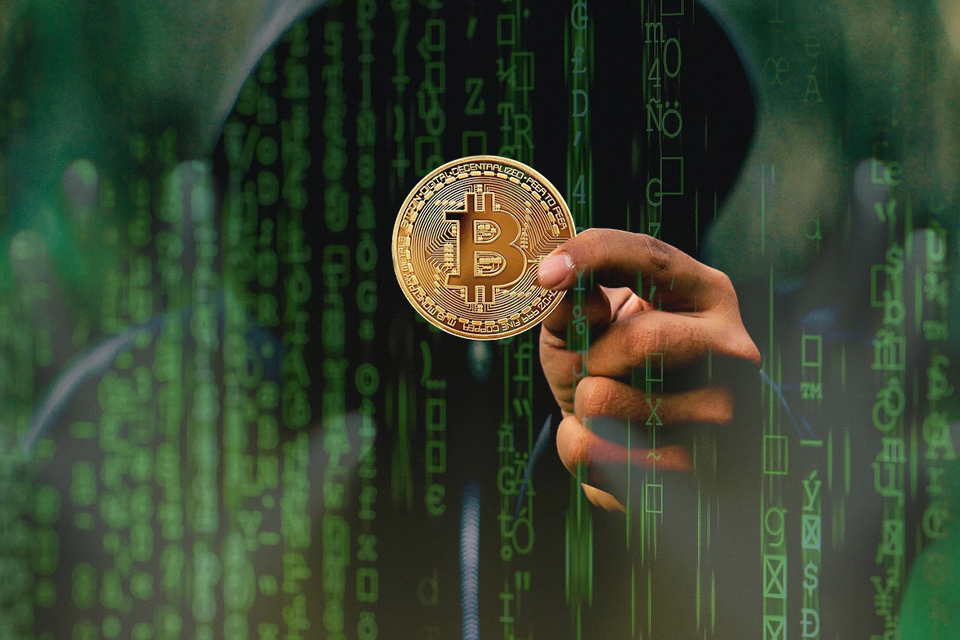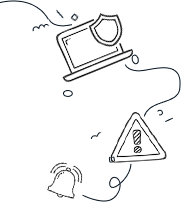Introduction
So, how well do you know about the creepy, crawly world of ransomware?
This modern-day digital villain is wreaking havoc on our private data and can turn your important files into scrambled nonsense faster than you can say “backup.” Trust me, if your cyber-defense game isn’t on point, the damage can hit you harder than a caffeine buzz after skipping your morning coffee!
Now, you might think you’ve got the basics down—spotting ransomware, avoiding shady links, and knowing precisely what to do when your files get taken hostage. But let’s pause for a moment. Have you ever stopped to wonder why you shouldn’t just throw wads of cash at these cyber-ruffians in hopes of getting your data back? Let me enlighten you!
How Ransomware Steals Your Money
First things first—let’s get into the nitty-gritty of how these dastardly hackers pull off their shenanigans.
These tech-savvy troublemakers usually employ good old-fashioned social engineering tactics—or they might just bluntly hack their way into your systems like it’s a Black Friday sale. Once they’re in, they zero in on your most prized jewels: think personally identifiable information or super-secret documents. They then scramble your data into a jumbled mess, demanding you fork over cash for that elusive decryption key—basically the digital equivalent of a magic wand!
This is where good backups come into play. If you’ve got a reliable storage system that you regularly check (and don’t use as a glorified paperweight), you should easily restore your data without having to bail out a mustachioed hacker. Sadly, when panic kicks in, many folks feel like they just have to pay up—especially since the ransom tends to average around $2 million per attack! No pressure!
Oh, and let’s not forget the thrill of double extortion! Whether or not you pay the ransom, these bad actors might try to squeeze even more out of you by threatening to spill your secrets online or sell them to the highest bidder on the Dark Web. They really do love their side hustles!
If you’re itching to know more about their behind-the-scenes tricks, check out our blog, “Behind the Average Ransomware Attack.”
Why You Shouldn’t Pay the Ransom
Now, before you raid your piggy bank, consider this: paying a ransom is like trusting your kleptomaniac cousin to watch your wallet. It’s a gamble at best! If you do pay, don’t get too cozy thinking you’ll be rewarded with your data returned safe and sound. In fact, the stats show that 92% of organizations who pay still can’t recover all their files. Ransomware actors aren’t exactly known for their sterling customer service! And let’s be clear—whether you hand over the cash or not, your sensitive info could still end up for sale on the dark web, where no one needs a bidding war!
Basically, if you give in, you’re not just risking your data—you might also be lighting a match to your finances!
On a brighter note, society is wising up! Recent studies show that more than 70% of ransomware victims refuse to pay—and that’s something to clap about! We’re finally catching on that paying never ends well and only digs us deeper into trouble.
Conclusion
It’s estimated that about 1.7 million ransomware attacks occur every single day! You heard that right! Even your neighborhood wannabe hacker can now get their hands on full-service malware kits on the Dark Web, ready to unleash chaos.
This rampant spread of digital nasties is why we must all sharpen our security awareness and learn how to react when the digital sky turns dark! While we can’t eliminate every threat, we can avoid tossing money at criminals and lessen our chances of being victims. By keeping our backup systems prepped and refusing to pay those ransom demands, we can safeguard our financial peace of mind and our cherished cyber net worth!





